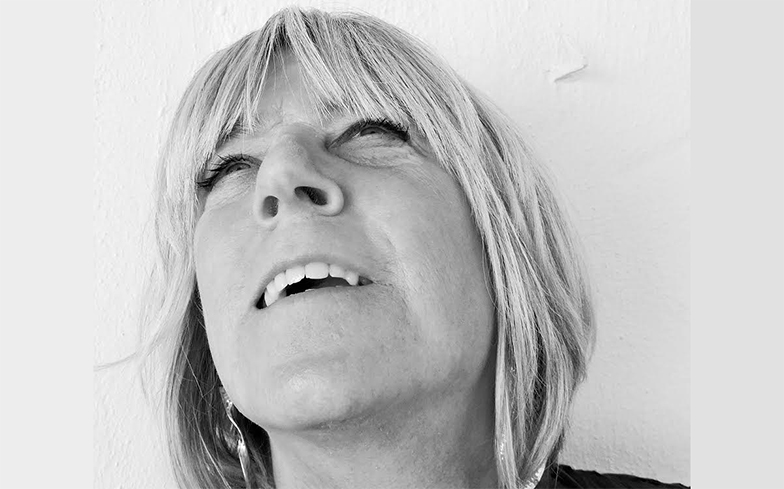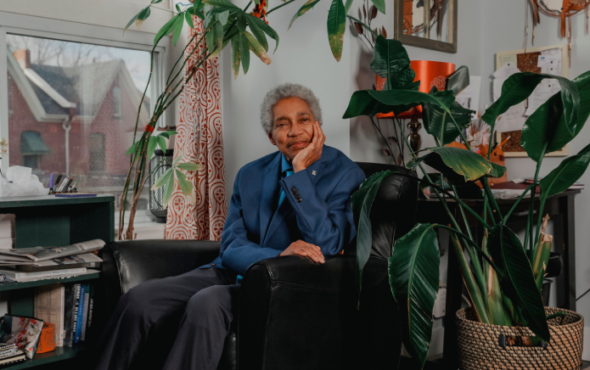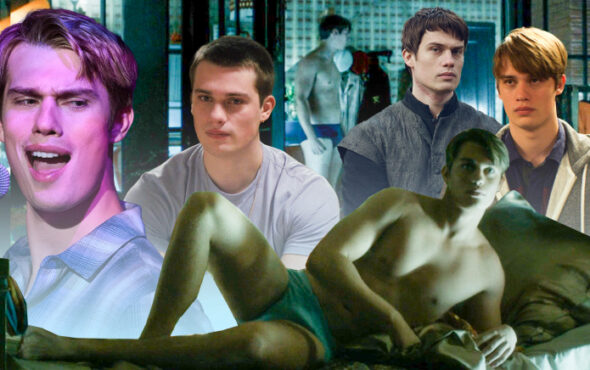
I frequently talk very openly about my fairly quiet sex life – nonexistent recently – my vagina, other people’s vaginas, phalluses and sex lives.
I’m open, very open and I’m very visible, but today I want to look outwards away from me closing my legs as I do so and think seriously on Transgender Day of Visibility about what visibility means beyond me, beyond the ‘singular’ and think about the kinds of visibility that might create real change – not just visibility for visibility’s sake, like a 1980s Benetton Ad.
The transgender community currently has two important days in its shared calendar. One is Transgender Day of Remembrance, on 20 November, a day to memorialise those who have been murdered as a result of transphobia and to highlight the ongoing violence against our community. The other is Transgender Day of Visibility, always on 31 March. A day when we celebrate our visibility as a much needed political act. Visibility means we are here, we are making inroads into the wider structures of society and it means that some of us are safe. Sadly, the transgender murder rate globally is increasing faster than our rate of visibility.
TDOR is often sad, sombre and feels incredibly depressing to have to contemplate, year in year out, how much the world still fears and discriminates against us – especially against trans women of colour who are murdered in shocking numbers. The other day, the day of ‘visibility’, too often becomes a tokenistic celebration of those society accepts as being worthy of safety and entry into the cis-fold, the trans folk who fit a narrative, activists, and media folk.
For many years that perhaps was good enough, certainly I looked up and saw great people, such as Christine Burns, and felt hopeful. But I honestly think we can ask more now of the concept of ‘trans visibility’ as we are currently experiencing the violent discrimination coming at us thick and fast. I think we can become a lot more strident and political. I think we can refuse far more often to become tokens.
I reviewed a documentary recently about the ‘first’ openly trans MP in New Zealand, Georgina Beyer. She was also an indigenous woman of colour who had previously worked as a sex worker. On many levels her life story is inspirational, epic even, truly worth books, documentary and film. But throughout the documentary we are reminded of her ‘first’ status and her rarefied visibility much more than we are educated about the power and knowledge held within her intersectional identity. She is utterly amazing, but we are only shown her difference. The programme spent maybe five minutes or so, out of over sixty, talking about her political work or her potential impact, but set out merely to highlight her visibility via her great difference.
Sadly, 18 years later her being the first, or her being visible didn’t translate into greater visibility for the community, sex workers or women of colour, especially the indigenous peoples. There has not been another openly transgender MP in New Zealand.
For visibility to matter it must be part of something bigger and more substantial. It must mean ladders being let down gently and put in place so that others can join the ranks of the visible until we no longer need a ‘day of visibility’. Really we could rename it ‘day of the invisible’ because we’d sure as hell be celebrating a whole lot more trans people, who struggle day in and day out to make this a better world.
I don’t mean to be negative, being visible matters. It’s a political act, but I think we can do more in 2018 than write reams about one trans person on the stage giving or receiving an Oscar, I really do. How many years until there is more than one or two, how many years until we present the Oscars?
I think now we as a community and our allies can begin to think about the lack of structures that our current visibility and ‘first status’ are leaving behind. How do we raise the visibility of others without them having to become activists? How can we restructure our scant visibility to become more embedded pathways and ladders upwards for others. Some have done this incredibly well. Look at the collectivism and outreach work of the newly formed trans theatre company, Trans Creative, who are constantly reaching out and creating chains for others to link into, formed, by the way, by a trans woman in her early fifties. Let’s celebrate that for a moment.
Visibility? Hire us, pay us, hear us.
Magazine covers have never been game changers. Every decade of my life since the 70s Vogue Magazine has trumpeted a black model being on the cover and then return to whiteness. Our tipping point ironically heralded widespread attacks and invisibility of the whole. It seems that we are deemed acceptable if we are not ‘visibly trans’ then we might even get paid. Although paying a trans person for their expert advice still seems a long way off, that would be real visibility, politically, economically and respectfully. Pay us, not for being trans, but the expertise we have around gender, fluidity, equality and inclusion. Most of us have had to become experts in that just to navigate our own lives. We are the potential ‘game-changers’, the potential ‘change-enactors’.
Raise us up to visibility by affording us the same simple rights as everyone else, by paying us, by hearing us, and most importantly by believing us. Then we will be truly visible.
You can follow June Roche on Twitter at @justjuno1




